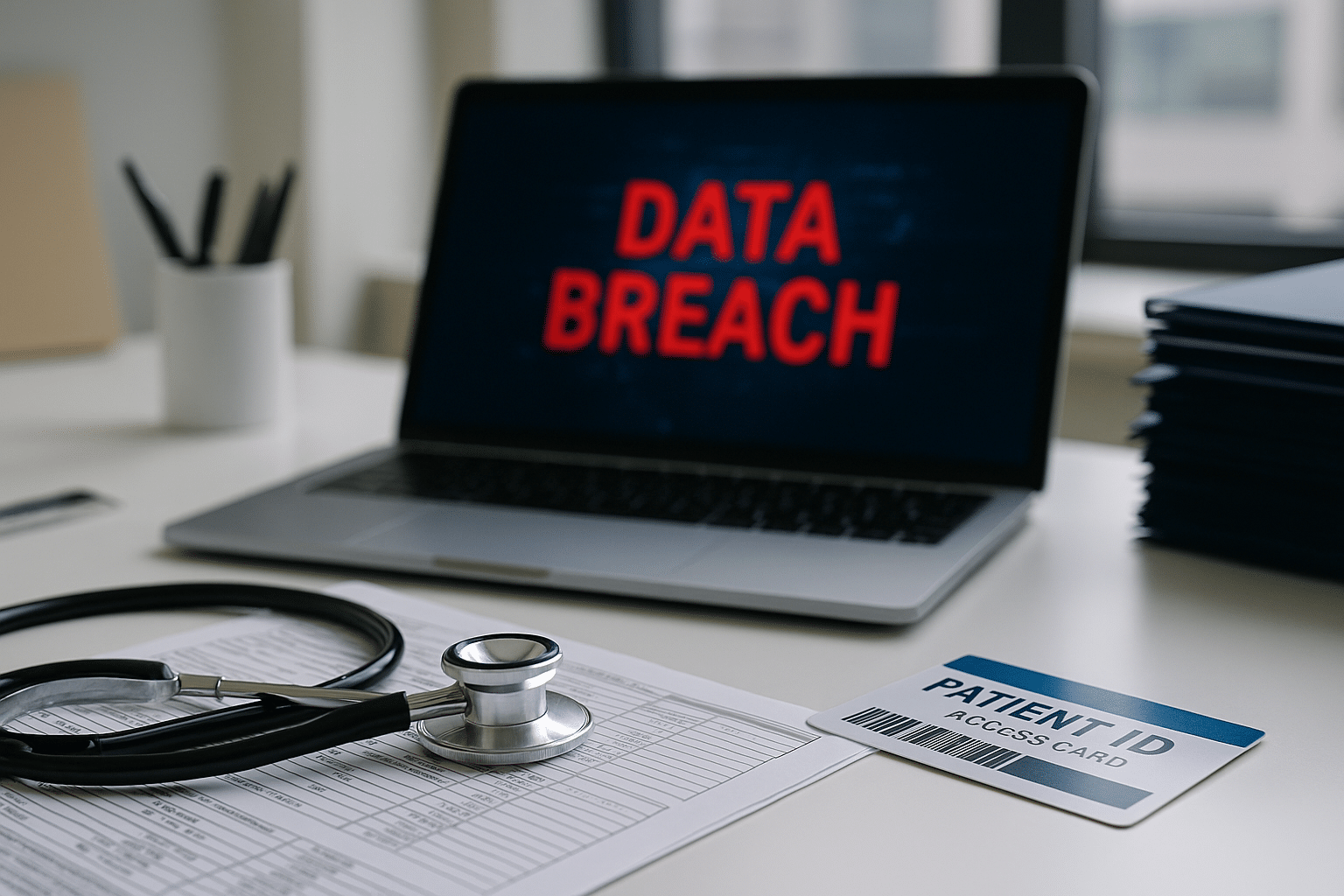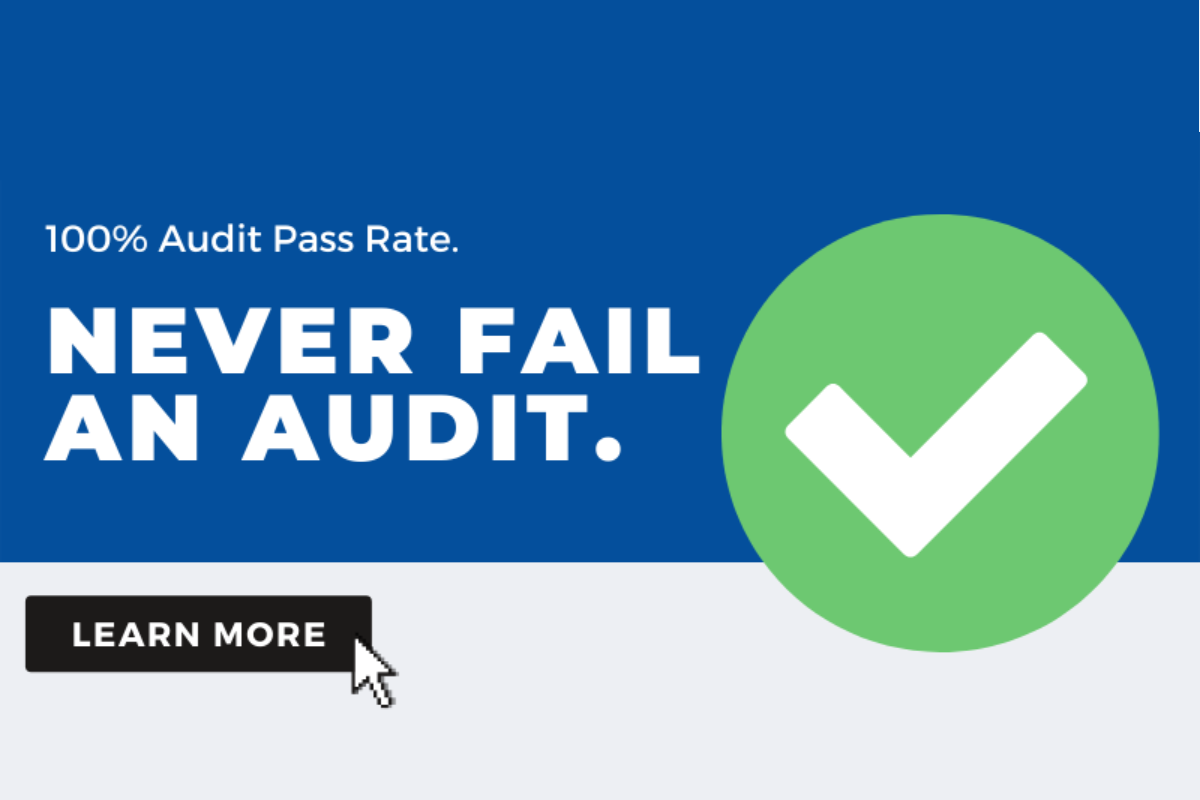
The healthcare industry continued to battle rising cybersecurity threats in April 2025, with a total of 27 significant breaches reported to the Department of Health and Human Services’ Office for Civil Rights (OCR). The month saw the exposure of over 5 million patient records, with hacking and IT-related incidents leading the way.
By the Numbers
- Total Reported Breaches: 27 (involving 10,000+ records)
- Total Patients Affected: 5,883,983+

April 2025 now ranks as one of the most damaging months of the year for healthcare cybersecurity.
Notable Breaches
- Blue Shield of California
A misconfigured third-party marketing tool led to the exposure of data from 4.7 million individuals. The breach involved sensitive personal information and was traced back to improper use of Google Analytics on member portals. - Frederick Health Medical Group
A ransomware attack on Frederick Health’s systems affected 934,326 patients. The threat actor gained access to internal servers, potentially exposing names, Social Security numbers, medical records, and insurance data. - Alternate Solutions Health Network
An unauthorized email account access incident impacted 93,589 individuals, highlighting the continued risks associated with unsecured email systems.
What This Means
April’s spike in patient records compromised—largely from a small number of large-scale attacks—shows that cybercriminals continue to target the healthcare sector with increasingly sophisticated tactics. Most breaches originated from:
- Misconfigured digital tools
- Ransomware attacks
- Phishing emails compromising employee credentials
Prevention Tips for Healthcare Entities
As healthcare organizations face growing scrutiny and regulatory pressure, here are four key steps to mitigate breach risks:
- Enforce Multi-Factor Authentication (MFA)
Reduce the risk of credential theft and unauthorized access. - Conduct Regular Security Risk Assessments
Identify vulnerabilities across infrastructure, vendors, and workflows. - Provide Employee Cybersecurity Training
Most breaches start with human error—ongoing education is critical. - Implement Strong Email Security Protocols
Protect against phishing, spoofing, and unauthorized access.
Strengthening Compliance with Compliancy Group
Organizations that stay HIPAA-compliant are better positioned to detect, respond to, and recover from breaches. Tools from Compliancy Group help streamline this process, providing software solutions that ensure:
- Risk assessments are documented
- Safeguards are implemented
- Staff training is ongoing
- Policies and procedures are up to date
In an environment where cyber threats are evolving by the day, healthcare providers must prioritize proactive compliance to protect patient data—and maintain trust.









